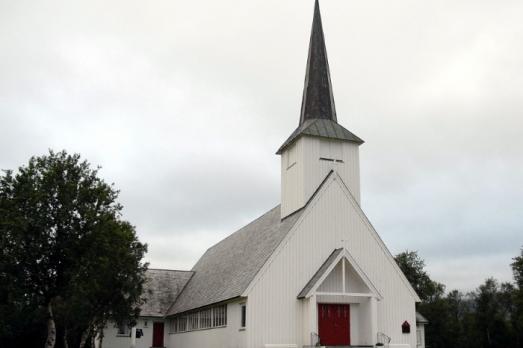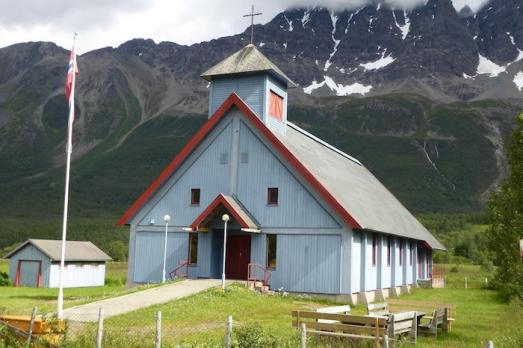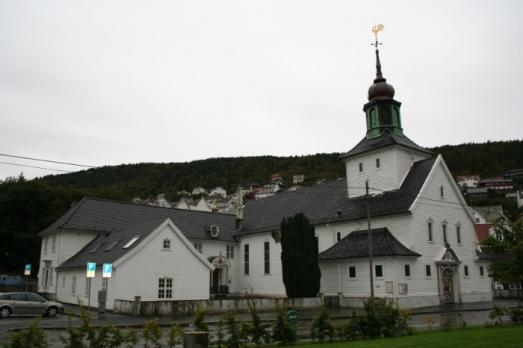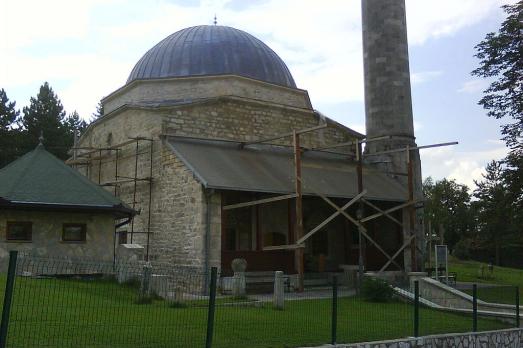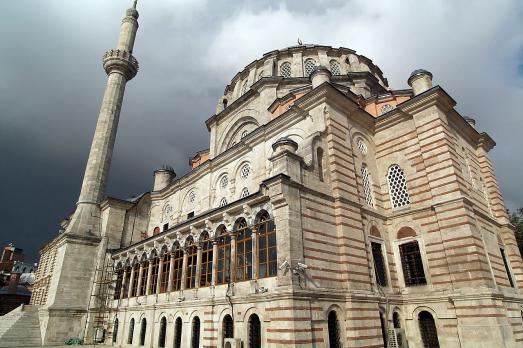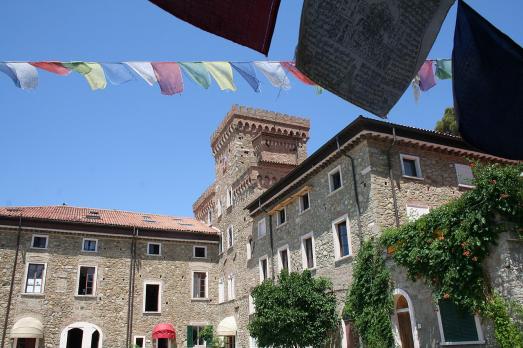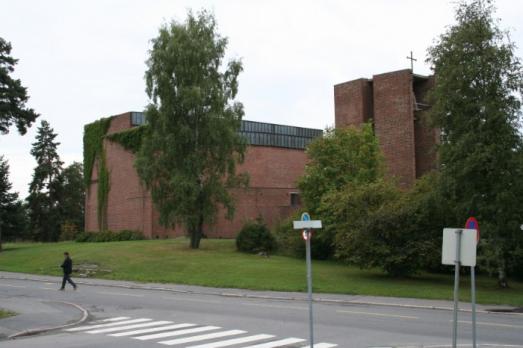
Lagonegro Cathedral
Lagonegro, IT
Lagonegro Cathedral, or St. Nicholas' Co-cathedral, was built between the 9th and 10th centuries but has been renovated many times over the years. It houses a crucifix by Altobello Persio (1507-1593), a painting of the Virgin and Saints by Giovanni Bernardino Azzolino (1572-1645) and the high altar, which dates back to the 18th century.
